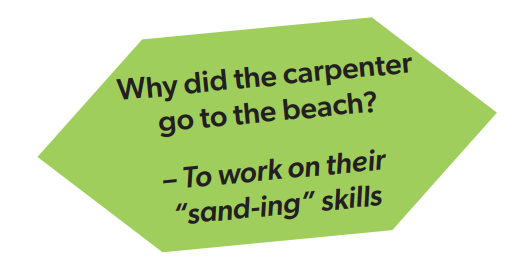10 3D Shapes and Drawings
Understanding 3D shapes and drawings
3D shapes have faces (sides), edges and vertices (corners).
- Faces: A face is a flat or curved surface on a 3D shape. For example, a cube has six faces, a cylinder has three and a sphere has just one.
- Edges: An edge is where two faces meet.
- Vertices: A vertex is a corner where edges meet.
E=F+V-2
Edges = Face + # of Vertices – 2
The different types of three-dimensional shapes are cone, cylinder, cuboid, cube, sphere, rectangular prism, pyramid.
There are three major types of 3D models: solid, wireframe, and surface. We base them on the methods and techniques used to create different 3D objects. CAD (computer-aided design) offers many other types, but most fall under those three.
Although six different sides can be drawn, usually three views of a drawing give enough information to make a 3D object. These views are known as front view, top view, and end view. The terms elevation, plan and section are also used.
- Plan views – Floor plans, foundation plan, and roof plan
- Elevation views – Right, left, front, and rear elevations
- Cross-section views
- Isometric views
The Keepsake Box
Created by Al Van Akker

The “Keepsake Box” drawing incorporates elements and views that are commonly seen on construction drawings. The most common are the 2D (two-dimensional) views, which are called Orthographic Projections. In this drawing, we are shown the Front, Top, and Right Side views. These are drawn to scale and represent actual dimensions of the finished object. On construction drawings, they are referred to as Elevation views (Front, Back, Right, Left), or Plan views (Top). These views almost always include dimensions, which are the actual measurements that the designer wants for the finished product.
The Isometric View is a type of 3D (three-dimensional) rendering that follows some specific rules. The Vertical Axis is always shown vertically, and the Horizontal Axis for the Front View and the Right Side View is drawn at a 30-degree angle from Level. An Isometric view is different from a perspective rendering. In a perspective view, objects closer to the viewer are drawn larger, and objects that are further away are drawn smaller. This has the effect of creating axis lines that meet at a vanishing point. With an Isometric view, the axis lines remain parallel, and object dimensions parallel to an axis are drawn to scale.
Other commonly included elements include the borders and Title Block, and the Notes. The Title Block contains information about the drawing, such as the name of the project, the date, the scale, page number, and the name of the architect or designer. The Notes contain textual information that is best communicated in words rather than pictures. This can include information about materials or construction information.
We review more Blueprint information in the Metal Section of this text.


